
|
Home |
|
Research Areas |
|
People |
|
Outreach Collaborators |
|
Publications |
|
Awards and Honors |
|
Information Desk |


|
Research Laboratory for Integrated Circuits and Systems (ICAS) |
|
Faculty of Electrical Engineering, K.N. Toosi University of Technology |

|
Research Areas |
|
Research at ICAS is focused on the development of integrated circuits and systems fabricated using micro-technology mainly in the area of implantable biomedical microsystems. Not only the circuits and systems under research in this laboratory are integrated, individual research projects being conducted here are defined in such a way that they will be integrated into bigger projects, too. |
|
Development of wearable and implantable systems for multi-channel extra-cellular intra-cortical neural recording and stimulation is one of the active research areas in the ICAS Laboratory. Penetrating silicon microprobes have been designed with 1- and 2-D structures for intra-cortical neural recording and stimulation with high spatial resolution, and fabricated for the first time in the country. Novel ideas and architectures for wireless implantable multi-channel neural recording microsystems, such as an architecture based on delta-sigma (DS) modulation and a frequency-division-multiplexed architecture, have been proposed for the first time by ICAS researchers. Wearable systems for multi-channel neural recording and stimulation have been developed in the ICAS lab and successfully tested both in-vitro and in-vivo. These systems are fully programmable through wireless connection, and are capable of handling up to 8 channels for both recording and stimulation. |
|
As the integration of a wide variety of research projects, a retinal visual prosthesis (VP) is developed by ICAS researchers. Two generations of a high-density microelectrode array (MEA) made of flexible organic materials have been designed in the ICAS lab and microfabricated in collaboration with the Semiconductor Devices lab at K.N.Toosi University of Technology. An embedded special-purpose controller is designed and prototyped for the ICAS VP. This controller is in charge of the administration of the implantable part of the system as well as generating stimulation pulses according to the video information received from the external world. Two generations of an external video capture module equipped with new ideas for image preprocessing have been developed and successfully tested. On the medical side, implantation and surgical issues of the ICAS VP as well as biocompatibility studies are in progress in collaboration with the Eye Research Center of Farabi Hospital. |
|
A neural interfacing silicon microprobe by ICAS researchers |
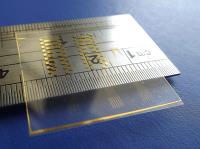
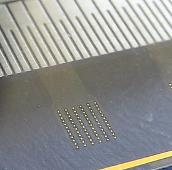
|
The ICAS flexible organic MEA |
|
Almost every fully implantable microsystem needs to wirelessly interface with the outside world. This is to receive electric power from and bidirectionally exchange data with an external setup through wireless connection. Optimizing inductive power telemetry links is an ongoing line of research in ICAS. More specifically, two- and multi-layered printed spiral coils (PSCs) have been recently proposed by ICAS researchers leading to significant improvement in the quality factor of the inductors and consequently power transfer efficiency enhancement for the entire link. Three binary phase-shift-keying (BPSK) demodulation techniques and circuits have been proposed by ICAS researchers. High-rate data demodulation (as high as the carrier frequency), clock recovery, low-power operation in the order of tens of microWatts, and small silicon area consumption are among the main features of the three proposed demodulator circuits. A new idea for realizing telemetry links was also proposed by ICAS researchers. Being considered as a counterpart for the traditional inductive coupling, capacitive coupling is an electromagnetically clean and quiet telemetry approach, allowing for more than one telemetry links operating by each other with no considerable interference. |
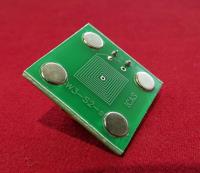
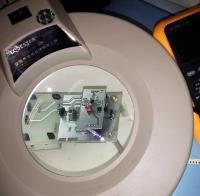
|
Some of the circuits and modules developed at ICAS for wireless interfacing to biomedical microsystems |
|
Neural Signal Processing |
|
New approaches for neural signal compression and spike handling have been proposed by ICAS researchers |
|
Analog & Mixed-Signal Circuit Design |
|
Design and implementation of novel circuit ideas is an inseparable part of research projects at ICAS |
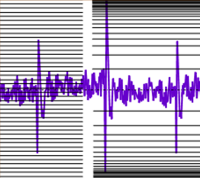
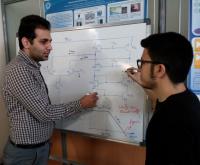
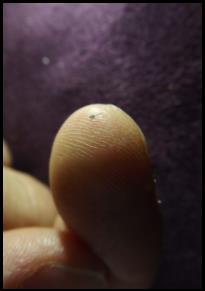
|
Neural Interfacing |
|
Visual Prosthesis
|
|
Wireless Interfacing |
|
As a necessity for the realization of implantable microsystems capable of multi-channel bio-signal handling and high-rate data exchange with the external world, biological signal processing is an active line of research in the ICAS Laboratory. Contributions of ICAS researchers in the automatic detection of action potentials, denoising of neural signals, and compression of the data transmitted off biomedical implants are among the strengths of ICAS research. Proposed by ICAS researchers, anti-logarithmic quantization of neural signals can help reduce the amount of data transmitted off a multi-channel neural recording implant. More importantly, this kind of signal-specific quantization also leads to significantly improve signal-to-noise ratio of the signal being quantized, which is achieved by reducing background noise content of the signal. |
|
Design of analog and mixed-signal integrated circuits is a key thrust in the ICAS Laboratory. From among the numerous novel ideas proposed by ICAS researchers, one can point to low-power analog-to-digital converters (ADCs), digital-to-analog converters (DACs), low-noise biopotential amplifiers, special-purpose controllers, biosignal processors, and circuit blocks dedicated to microstimulation applications. The innovative circuit ideas proposed in this lab are designed and simulated in both discrete and integrated forms and then prototyped for functional verification. |
|
Bi-weekly Seminars |
|
Useful links |
|
Contact Us |

|
Home | Research Areas | People | Outreach Collaborators | Publications | Awards and Honors | Information Desk | Bi-weekly Seminars | Useful Links | Contact Us |
